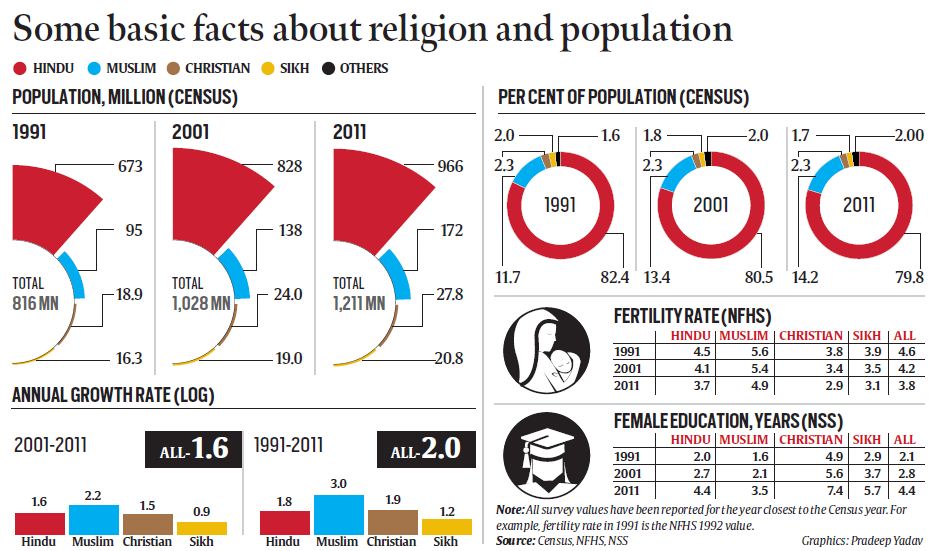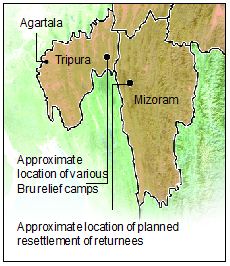From the breadbasket of India, Punjab has become a basket-case economy.
- Endowed with ample water and good soil, Punjab’s happy, progressive people had a dream that is now a distant memory.
- The Centre’s policies aimed at increasing food production to ensure an adequate supply of grain, coupled with export restrictions, have taken a toll.








